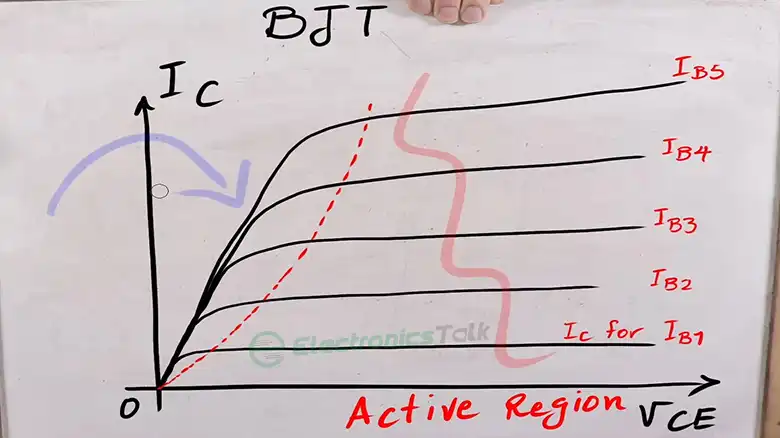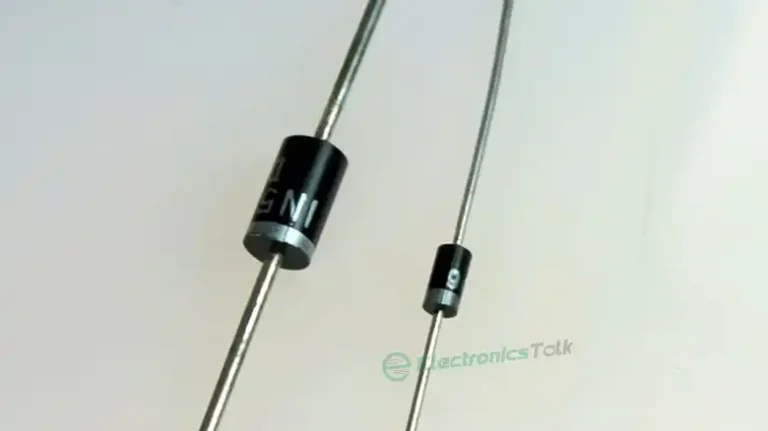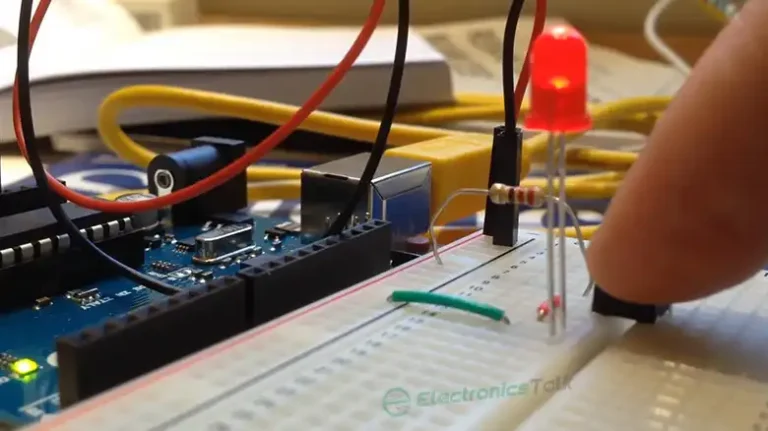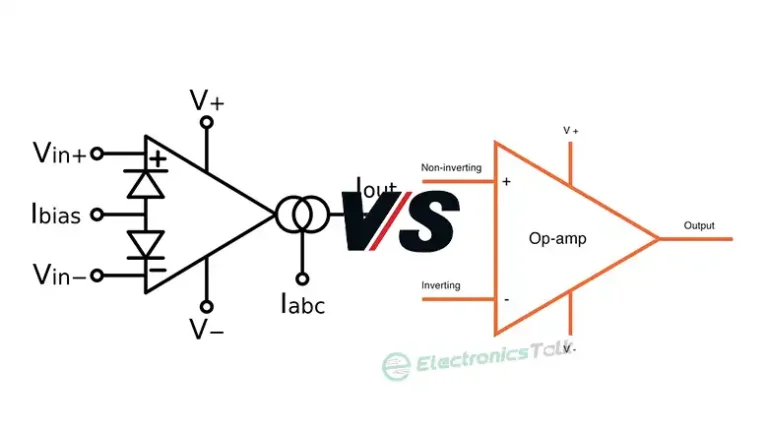Why Is BJT More Noisy? A Brief Overview
Noise is an unwelcome guest, often disrupting the pristine signal and introducing unwanted fluctuations. Bipolar junction transistors (BJTs), fundamental components in electronic circuits, are not immune to this pervasive phenomenon.
Understanding the inherent noise characteristics of BJTs is crucial for designing low-noise amplifiers and other sensitive electronic systems. The answer to BJTs being noisier than MOSFETs lies in the fundamentals of noise in transistors. For the detailed discussion let’s delve into the following sections.

Origins of BJT Noise
The noisy nature of BJTs stems from a combination of fundamental physical processes occurring within the transistor structure. Two primary contributors to BJT noise are thermal noise and shot noise.
Thermal Noise
Thermal noise, also known as Johnson-Nyquist noise, arises from the random movement of electrons within the semiconductor material. This incessant motion generates fluctuations in current, resulting in a noise voltage across the transistor. Thermal noise is inherent to all electronic devices operating at finite temperatures and is proportional to the square root of bandwidth.
Shot Noise
Shot noise, on the other hand, originates from the discrete nature of charge carriers. As electrons flow through the transistor, their arrival times are not perfectly synchronized, leading to random fluctuations in the current. Shot noise is independent of frequency and is directly proportional to the average current passing through the transistor.
Base current noise
BJTs require a small current to flow into the base to control the collector current. This base current fluctuates randomly due to the statistical nature of charge carriers, generating noise.
Emitter-base junction noise
The emitter-base junction in a BJT acts as a diode, and like all diodes, it exhibits shot noise due to the random fluctuations of charge carriers across the junction barrier.
Generation-recombination (G-R) noise
In the base region of a BJT, charge carriers can generate and recombine, creating random fluctuations in the base current, leading to G-R noise.
Flicker noise
Also known as 1/f noise, flicker noise is a type of noise that increases as frequency decreases. It is caused by various factors in BJTs, including surface imperfections and charge carrier trapping.
Avalanche noise
In high-voltage BJT applications, avalanche breakdown can occur, leading to sudden spikes in current and generating significant noise.
Impact of Minority Carriers on BJT Noise
BJTs, unlike field-effect transistors (FETs), are bipolar devices, meaning current conduction involves both majority and minority carriers. This characteristic significantly impacts BJT noise performance.
Minority carriers, being less abundant than majority carriers, are more susceptible to statistical fluctuations due to their smaller population. As a result, minority carriers contribute more to thermal noise and shot noise than majority carriers. This is why BJTs are generally more noisy than FETs.
Consequently, the recombination and generation of minority carriers contribute additional noise to the transistor. This noise is particularly prominent at low frequencies, giving rise to the characteristic 1/f noise spectrum observed in BJTs.
Mitigating BJT Noise
While eliminating BJT noise is impossible due to its fundamental origins, several techniques can be employed to reduce its impact:
1. Optimizing Biasing
Proper biasing of the BJT can minimize noise by operating the transistor in a region where the influence of minority carriers is reduced.
2. Reducing Base Current
Since base current directly contributes to shot noise, minimizing base current through circuit design techniques can effectively lower the overall noise level.
3. Utilizing Low-Noise BJTs
Certain BJT designs specifically target noise reduction by employing structural modifications and doping profiles that suppress the generation and recombination of minority carriers.
3. Low-Noise Amplifiers
Carefully selecting low-noise transistors and employing low-noise amplifier topologies can significantly reduce the overall noise figure of the circuit.
Frequently Asked Questions
What Is Collector Shot Noise, and Why Is It More Pronounced in BJTs?
Collector shot noise is a type of noise associated with the discrete nature of charge carriers. In BJTs, the collector current is the sum of electron and hole currents, leading to a greater variation in the number of charge carriers and increased shot noise compared to MOSFETs.
How Does Base Current Noise Contribute to the Overall Noise in BJTs?
Unlike MOSFETs, BJTs exhibit significant noise contributions from the base current. Variations in the base current contribute to additional noise in the amplification process, making it essential to consider and mitigate base current noise in BJT-based circuits.
Are There Ongoing Efforts to Reduce Noise in BJTs?
Yes, ongoing research in semiconductor technology aims to address noise issues in BJTs. Researchers are exploring various strategies to minimize noise and enhance the efficiency of BJTs for different applications.
Conclusion
Although BJT noise is an intrinsic feature of these adaptable transistors, it can be efficiently controlled by knowing the underlying physical principles and using suitable mitigation techniques. Engineers can create low-noise electronic systems that deliver flawless signals and satisfy the requirements of precision applications by carefully evaluating noise performance.

![Can I Use 1N4007 Instead of 1N5408? [Characteristics Compared]](https://www.electronicstalk.org/wp-content/uploads/2023/07/Can-I-Use-1N4007-Instead-of-1N5408-768x431.webp)
![Why Base Current is Weak Then Collector Current? [Answered]](https://www.electronicstalk.org/wp-content/uploads/2023/12/Why-is-Base-Current-Weaker-Than-Collector-Current-768x431.webp)



